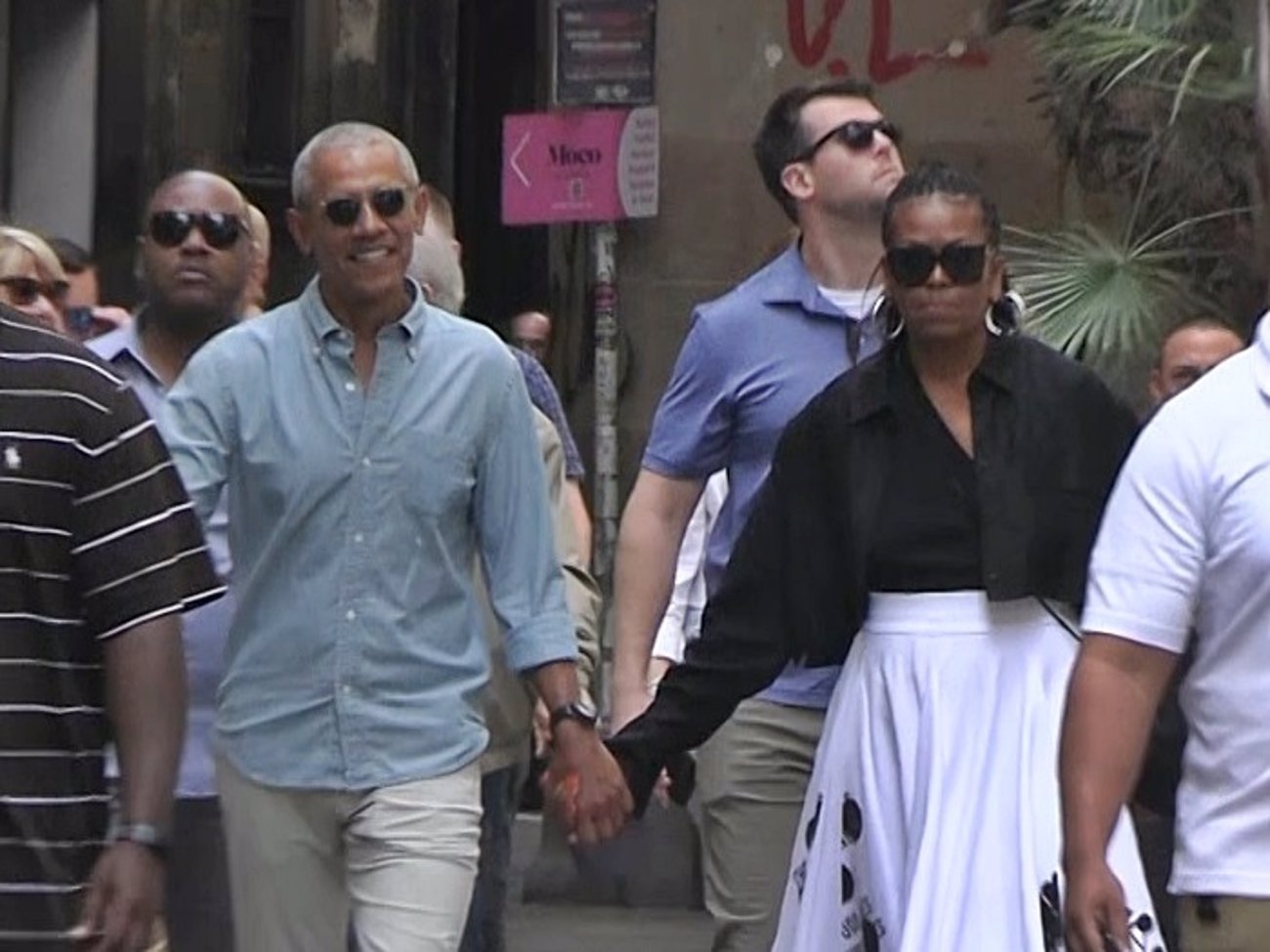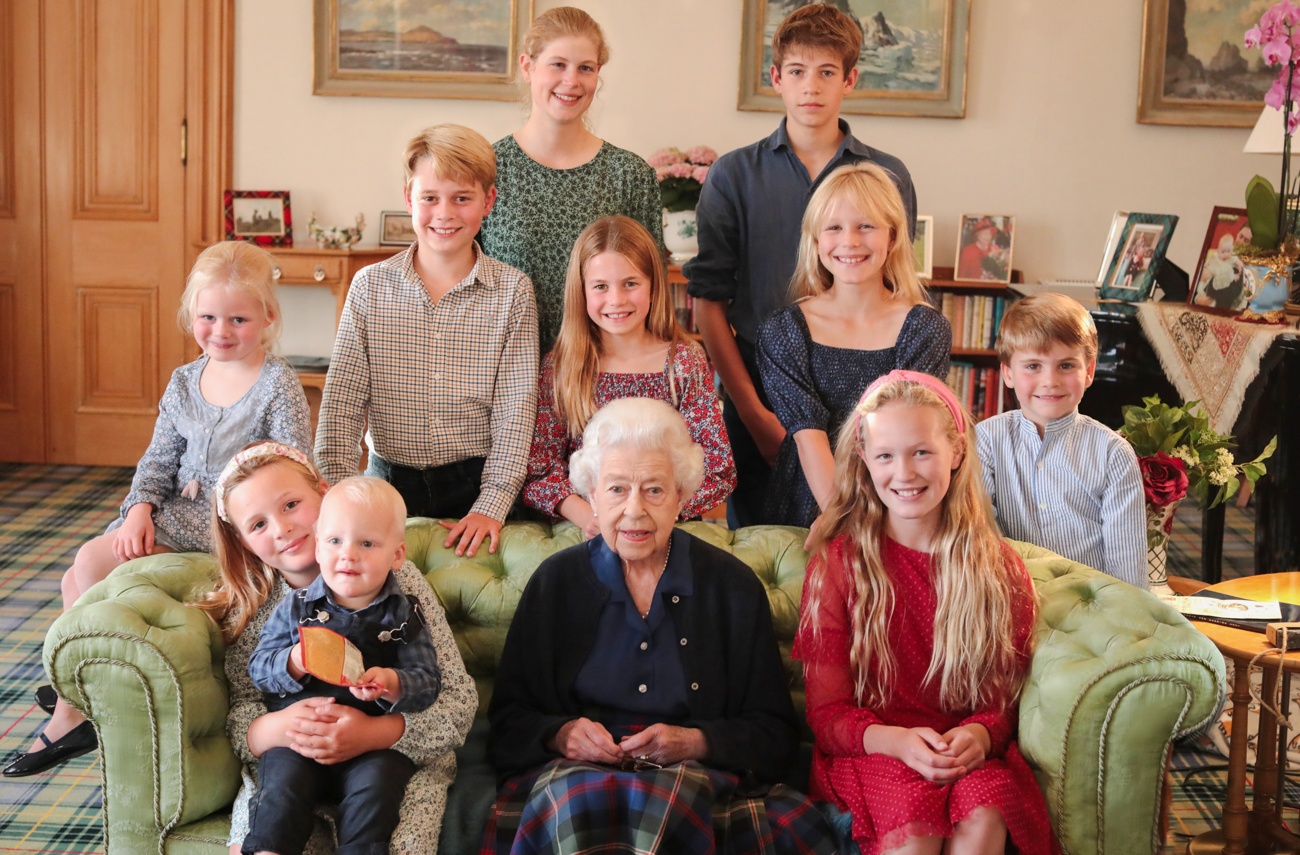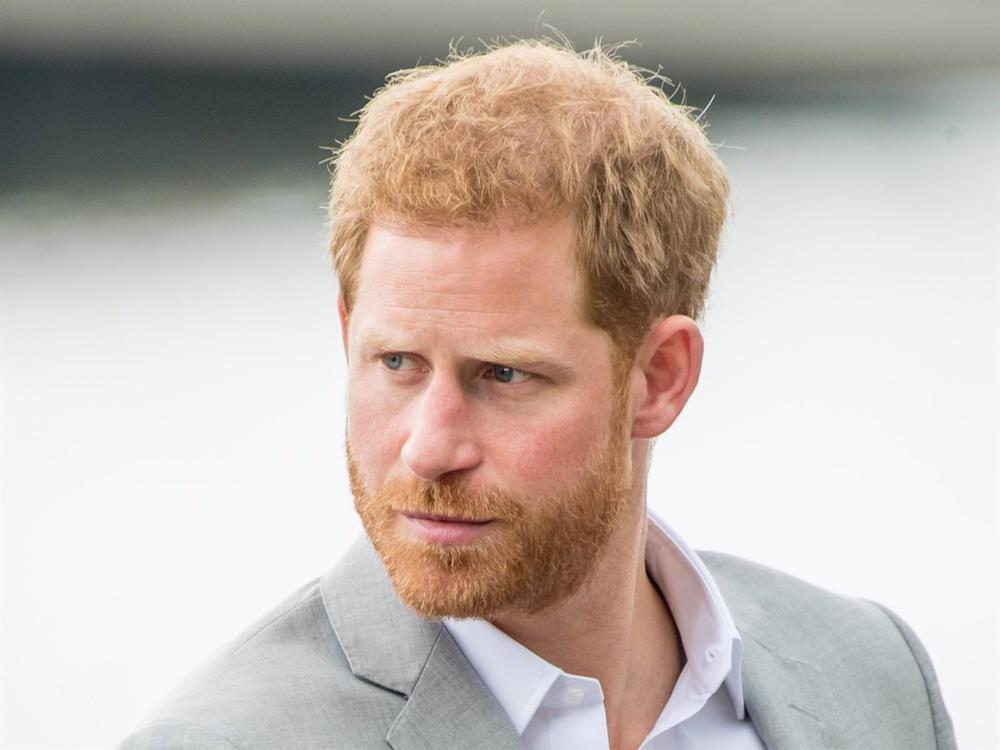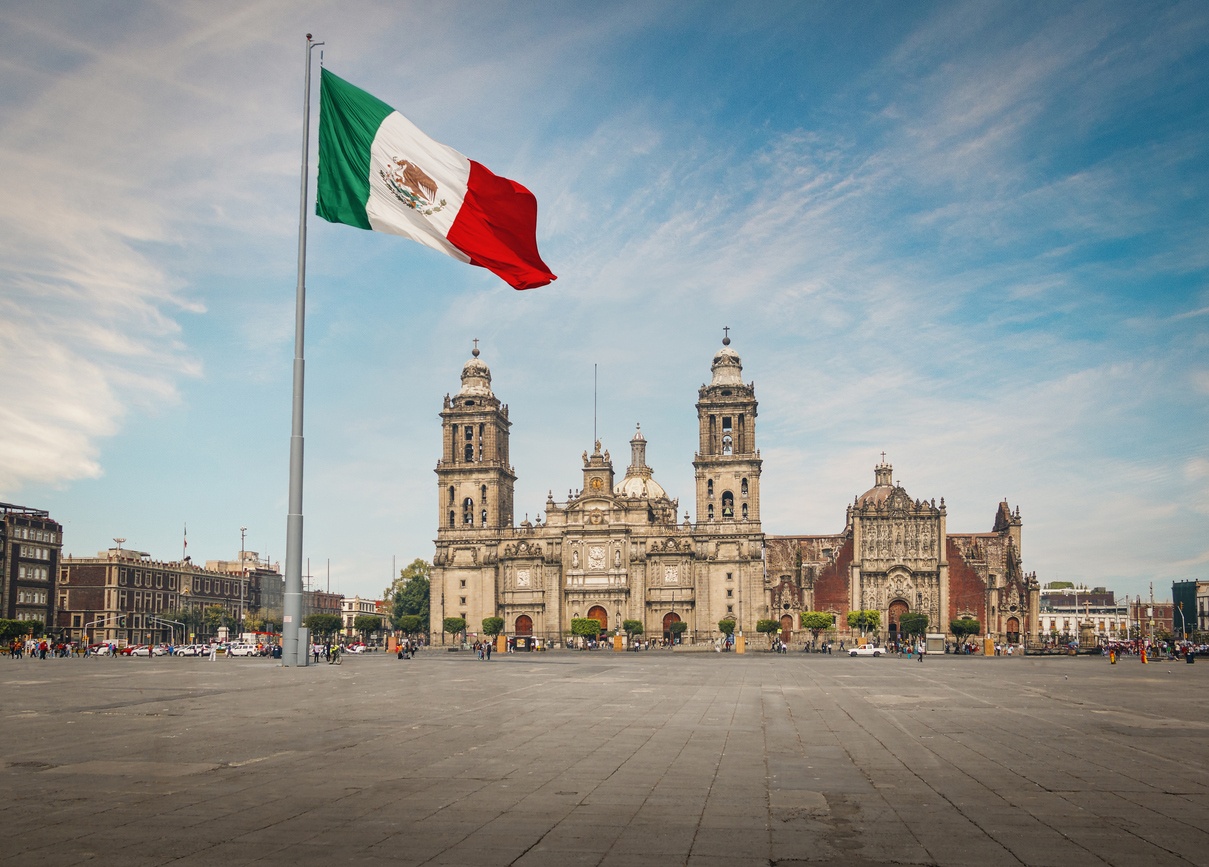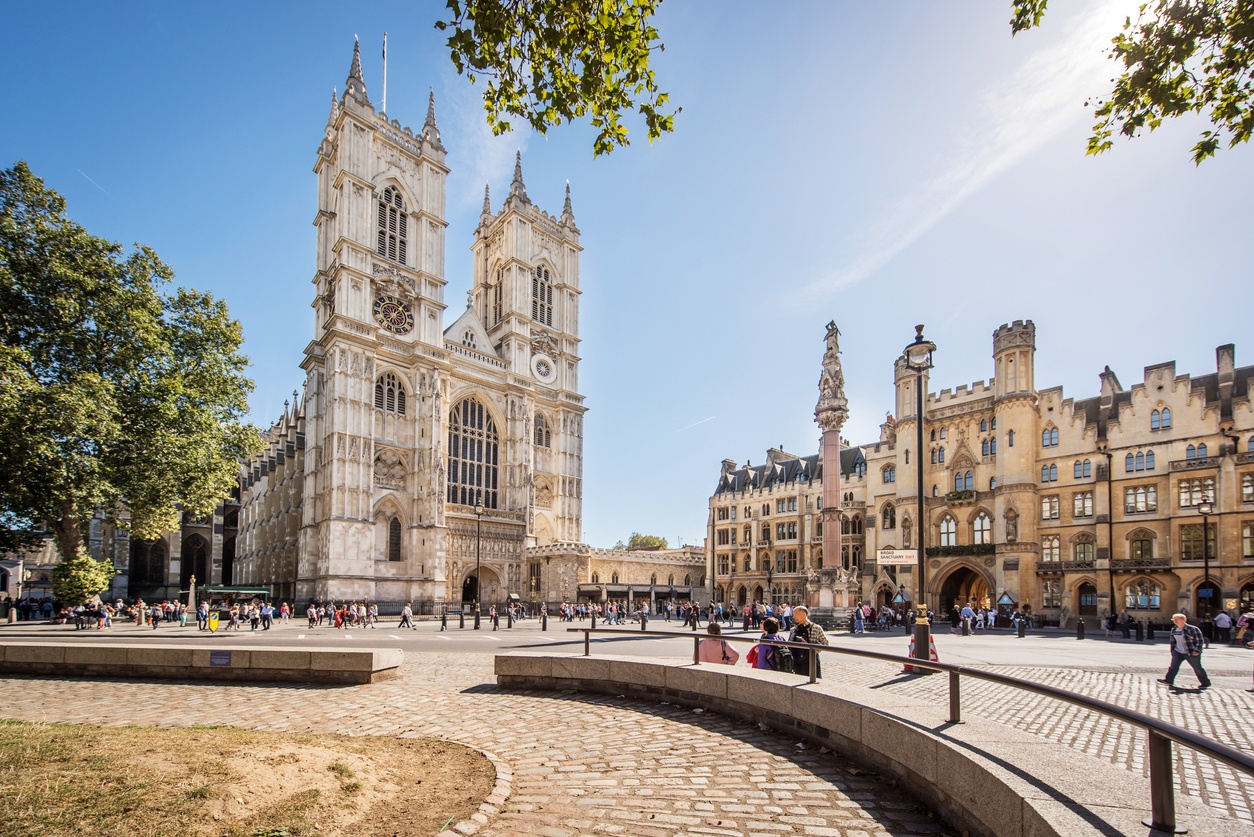
Westminster Abbey, the scene of the coronation of Charles III.
King Charles III will be crowned on Saturday, May 6, 2023, at Westminster Abbey. On that historic day, the United Kingdom will dress up to celebrate this solemn act, which will mark the official beginning of a new era in the country’s history. To celebrate, let’s take a look at its history.
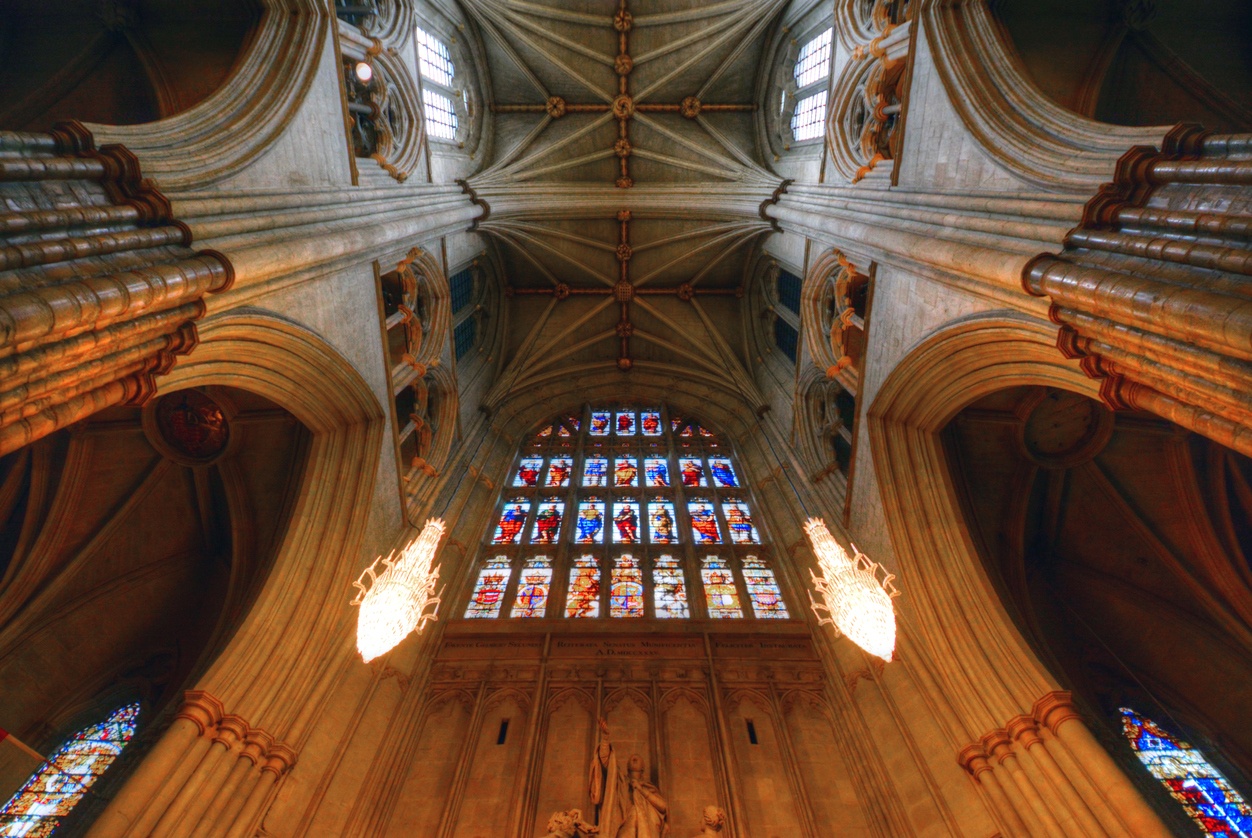
One of the most emblematic religious buildings in the United Kingdom
Westminster Abbey is one of the most iconic and significant religious buildings in the United Kingdom. Located in the City of Westminster in London, next to the Palace of Westminster, this great abbey church in the Gothic style has witnessed numerous historical events related to the British monarchy and culture.
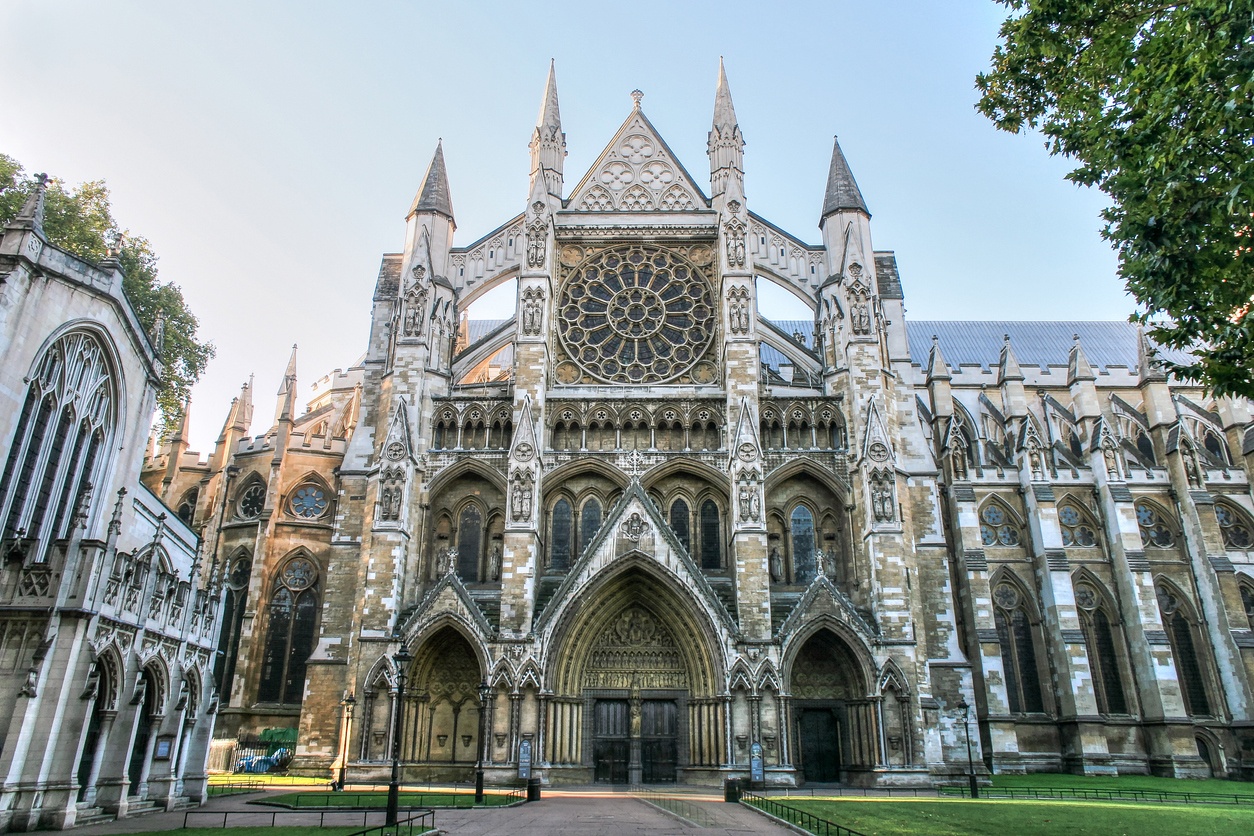
It was consecrated in 1065
Westminster Abbey was founded in the 10th century as a Benedictine church dedicated to St. Peter. According to tradition, the site was chosen by divine revelation to King Edward the Confessor, who began rebuilding the abbey in 1042. The abbey was consecrated in 1065 and the following year hosted the coronation of William the Conqueror, thus beginning a long tradition that has continued to this day. Since then, all coronations of English and British monarchs have been held at the abbey.
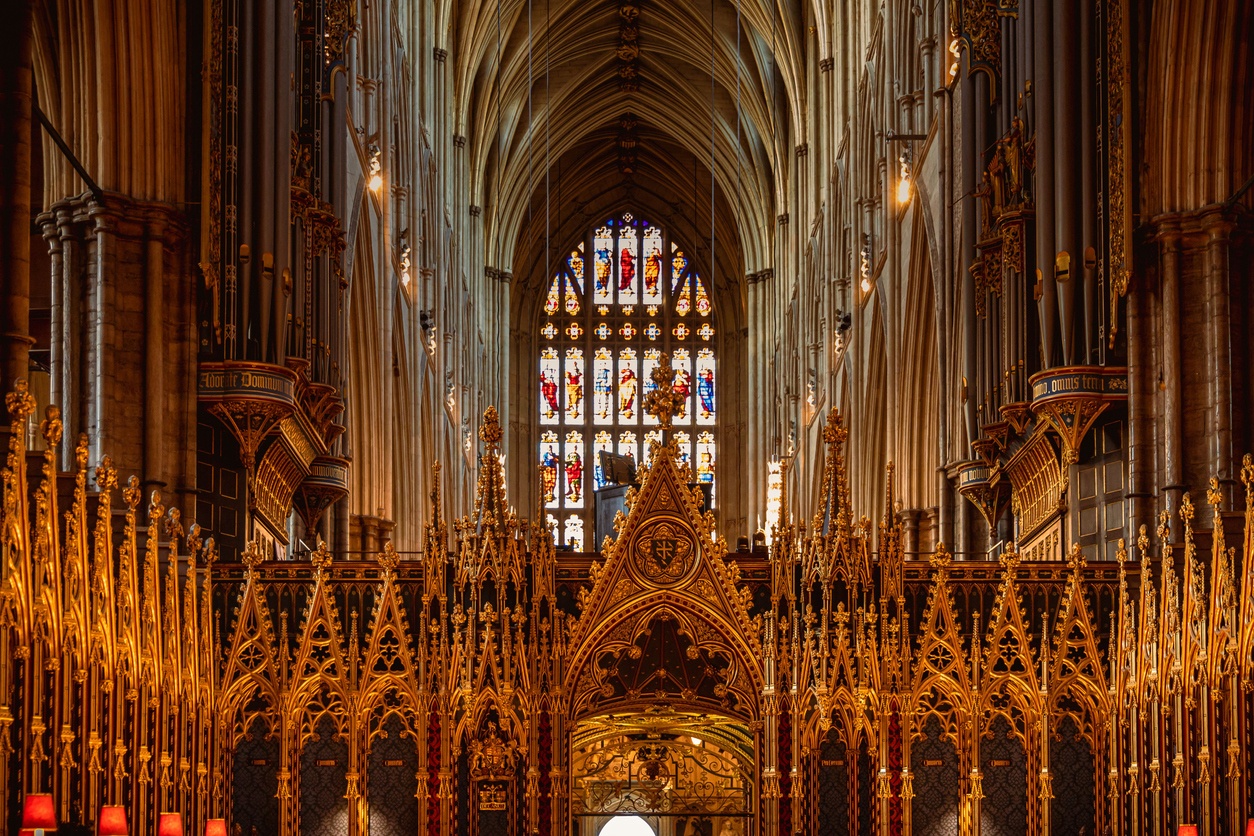
Construction began in 1245
The construction of the present church began in 1245 under the reign of Henry III, who wanted to erect a Gothic temple worthy of housing the remains of Edward the Confessor. The work lasted for several centuries and involved the participation of prominent architects such as Henry Yevele, John of Gloucester and Nicholas Hawksmoor. Among the most notable elements of the abbey are the choir, the high altar, the throne of St. Edward, the chapel of Henry VII, the western towers and the Queen’s Diamond Jubilee galleries.
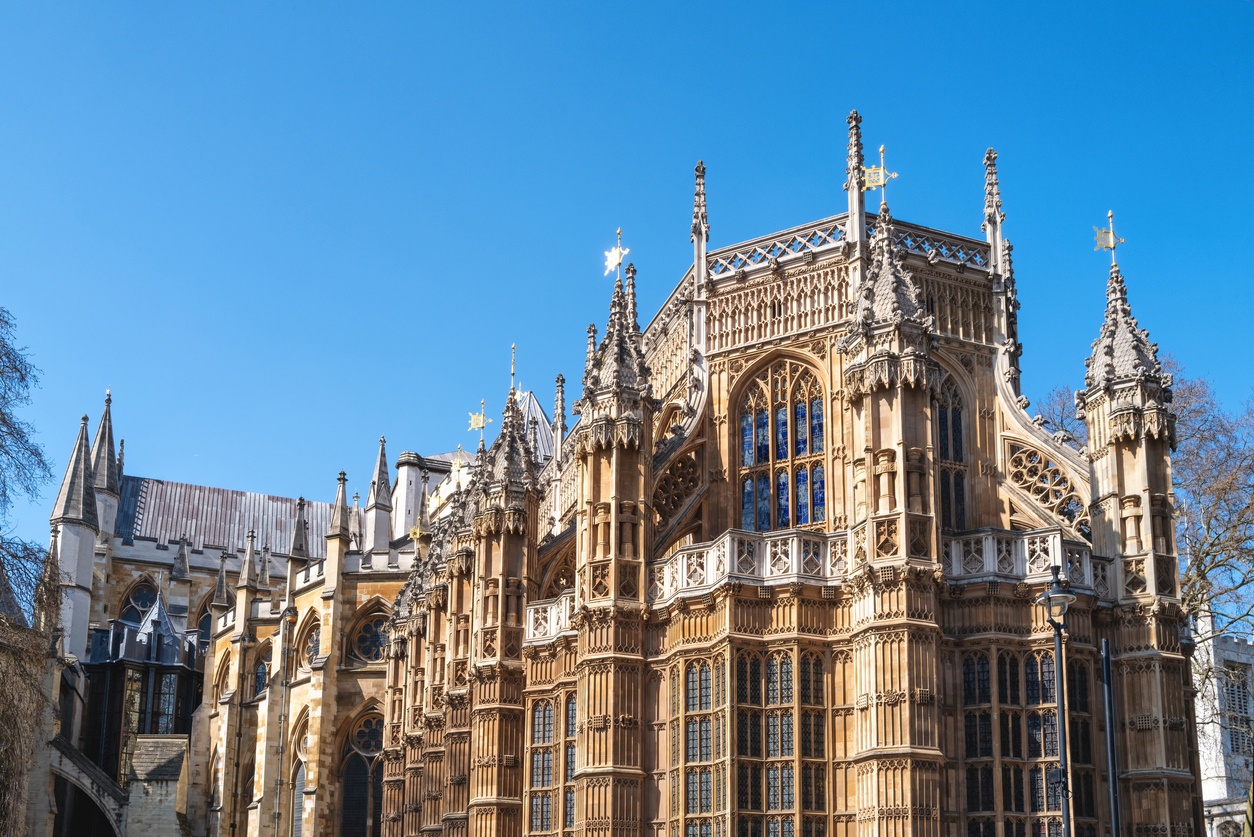
Burial place of more than 3,000 illustrious people of British history.
Westminster Abbey is also the burial place of more than 3,000 illustrious people in British history, including at least 16 monarchs, 8 prime ministers, poets laureate, writers, scientists, military and national heroes. Some of the most famous names are Elizabeth I, Charles II, George II, George VI, Winston Churchill, William Shakespeare, Charles Dickens, Isaac Newton and Charles Darwin. In addition, in the abbey is the tomb of the unknown soldier, a tribute to the fallen in the First World War.
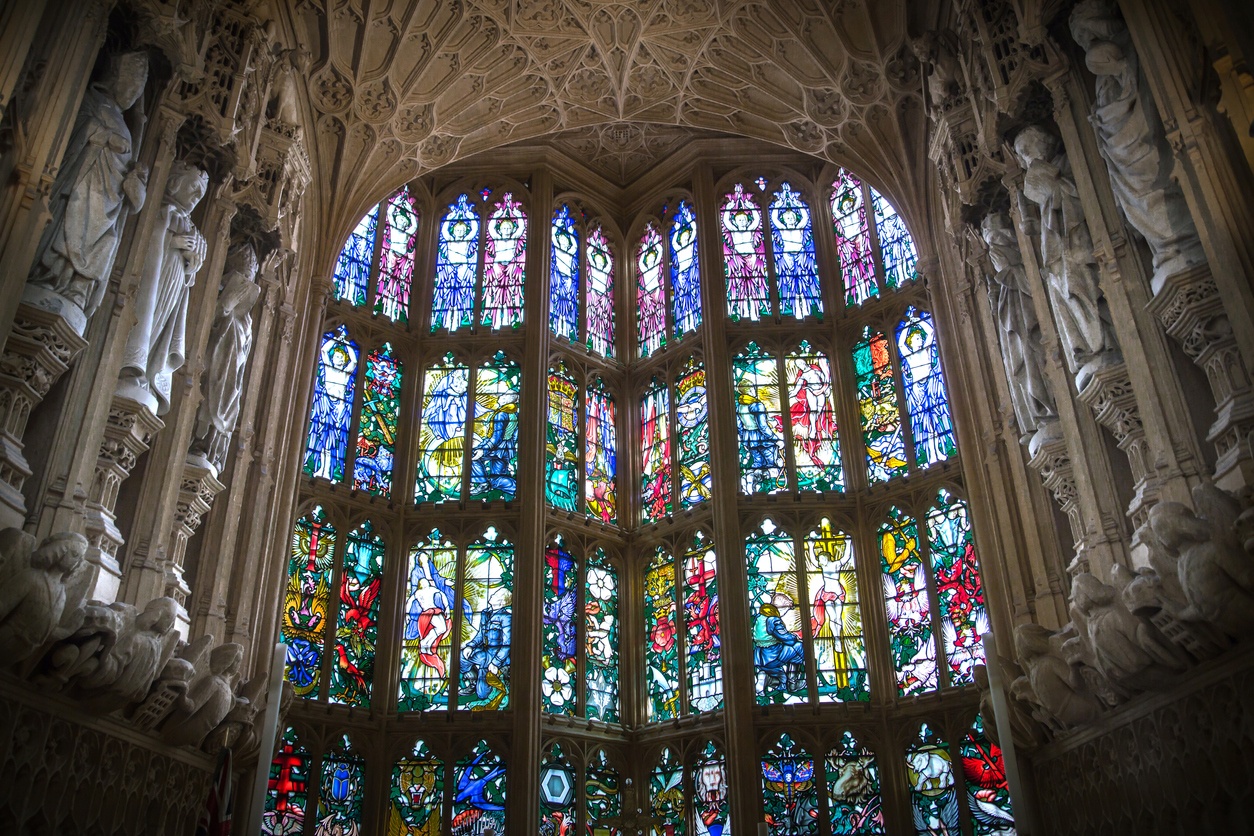
Many vicissitudes during its long history
Westminster Abbey has suffered various vicissitudes throughout its history. In 1539 it was dissolved as a Catholic abbey by order of Henry VIII during the Anglican Reformation. Between 1540 and 1550 it was elevated to a cathedral by the same monarch and then by Edward VI. Mary I returned the abbey to the Benedictines in 1556, but Elizabeth I made it a peculiar royal (a church directly dependent on the sovereign) in 1559. During the 16th and 17th centuries it suffered several damages and looting by Puritans and Parliamentarians. In 1722 the western towers designed by Hawksmoor were completed.
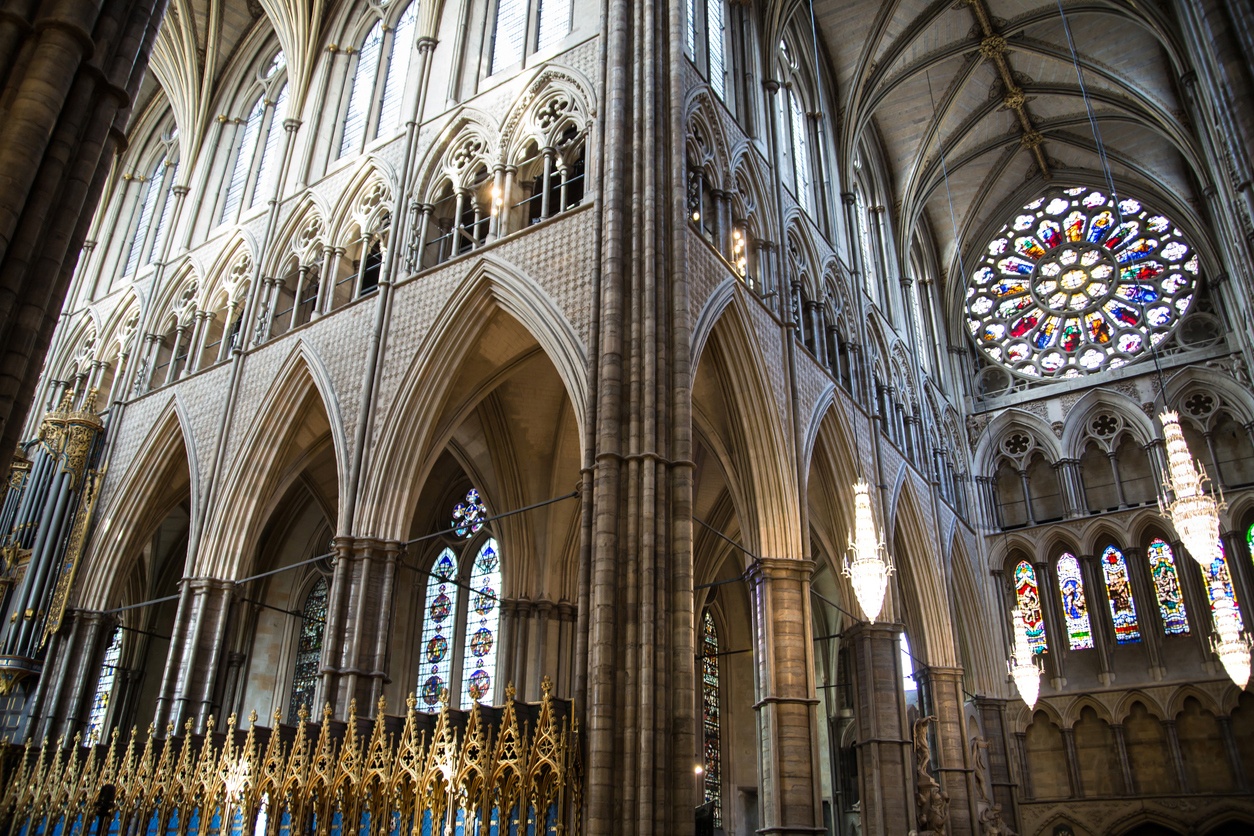
Stage for numerous ceremonies and events
Westminster Abbey has been the scene of numerous important ceremonies and events for the British nation. In addition to coronations and royal burials, 16 royal weddings have been held at the abbey since 1100. The last was that of Prince William and Kate Middleton in 2011. Events such as Elizabeth II’s diamond jubilee in 2012 or the centenary of the end of World War I in 2018 have also been commemorated at the abbey.
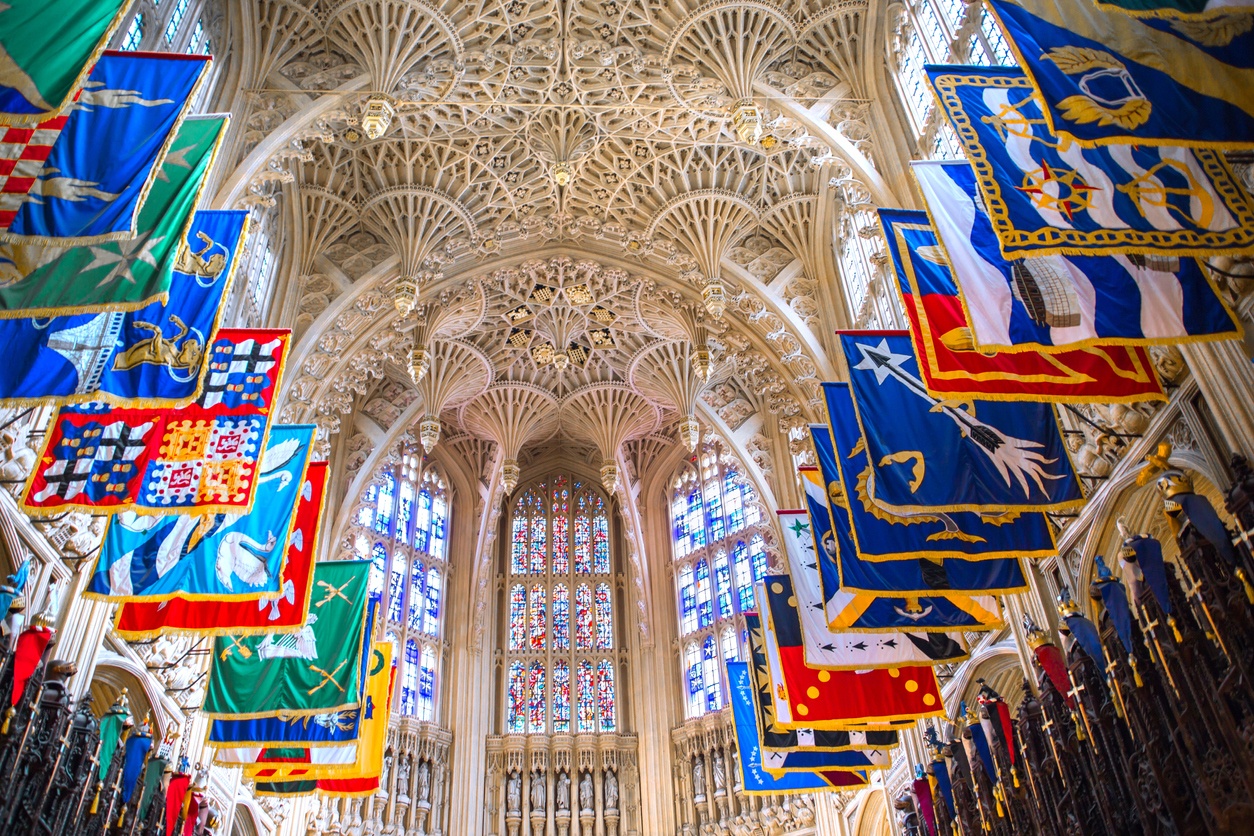
One million visitors each year
Westminster Abbey is a place that attracts more than one million visitors every year who want to discover more than ten centuries of British history in this extraordinary building. The abbey offers guided tours and audio guides in several languages to discover its main corners and secrets.

